Cats are creatures of habit. They thrive on routine and familiarity, and any disruption to their environment can cause stress and anxiety. Before introducing a new pet, it’s crucial to understand your cat’s behavior. Observing your cat’s typical habits and reactions can provide insights into how they might respond to a new pet. Knowledge of feline body language and signs of distress, such as hiding or excessive grooming, can help you gauge their comfort levels.
Choosing the Right Time for Introduction

The timing of the introduction can significantly impact how well the animals adjust to each other. Choose a time when you can devote uninterrupted attention to both pets. Avoid periods of stress or major changes, such as moving homes or after a recent veterinary visit. Planning for a relaxed environment can set the stage for a smoother transition.
Preparing a Safe Space
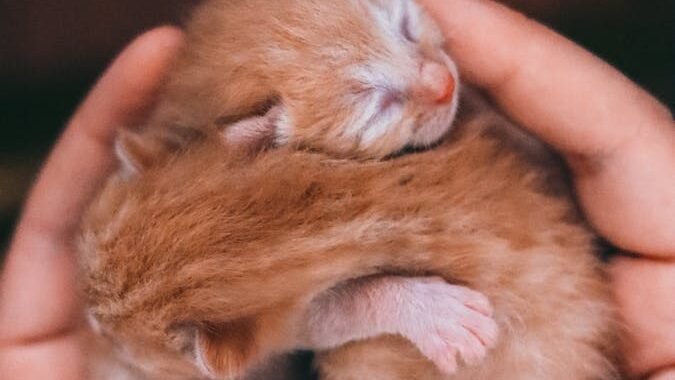
Before the new pet arrives, set up a safe space where your cat can retreat if they feel overwhelmed. This area should be equipped with essential resources like food, water, a litter box, and cozy bedding. Familiar scents, such as their favorite blanket or toy, can provide additional comfort and reassurance during this transition.
Gradual Scent Introduction
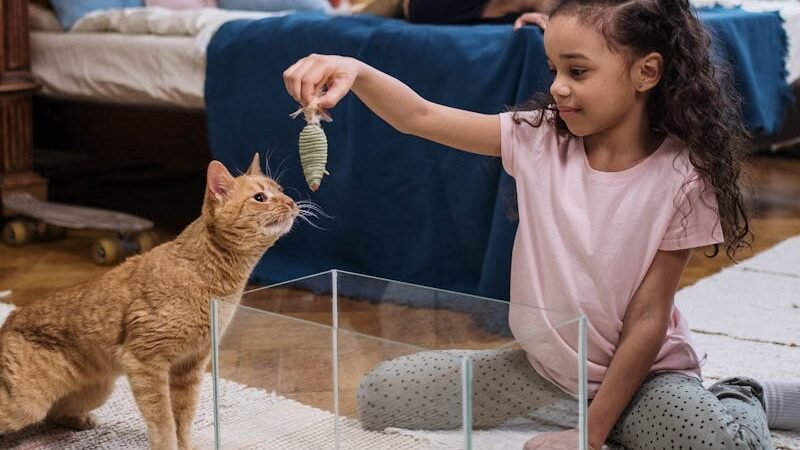
Cats rely heavily on their sense of smell, so it’s beneficial to introduce the scent of the new pet gradually. Start by swapping bedding or toys between the pets so that they can become accustomed to each other’s scent. This can help decrease the sense of threat and make the first visual meeting less stressful for your cat.
Controlled Visual Introductions
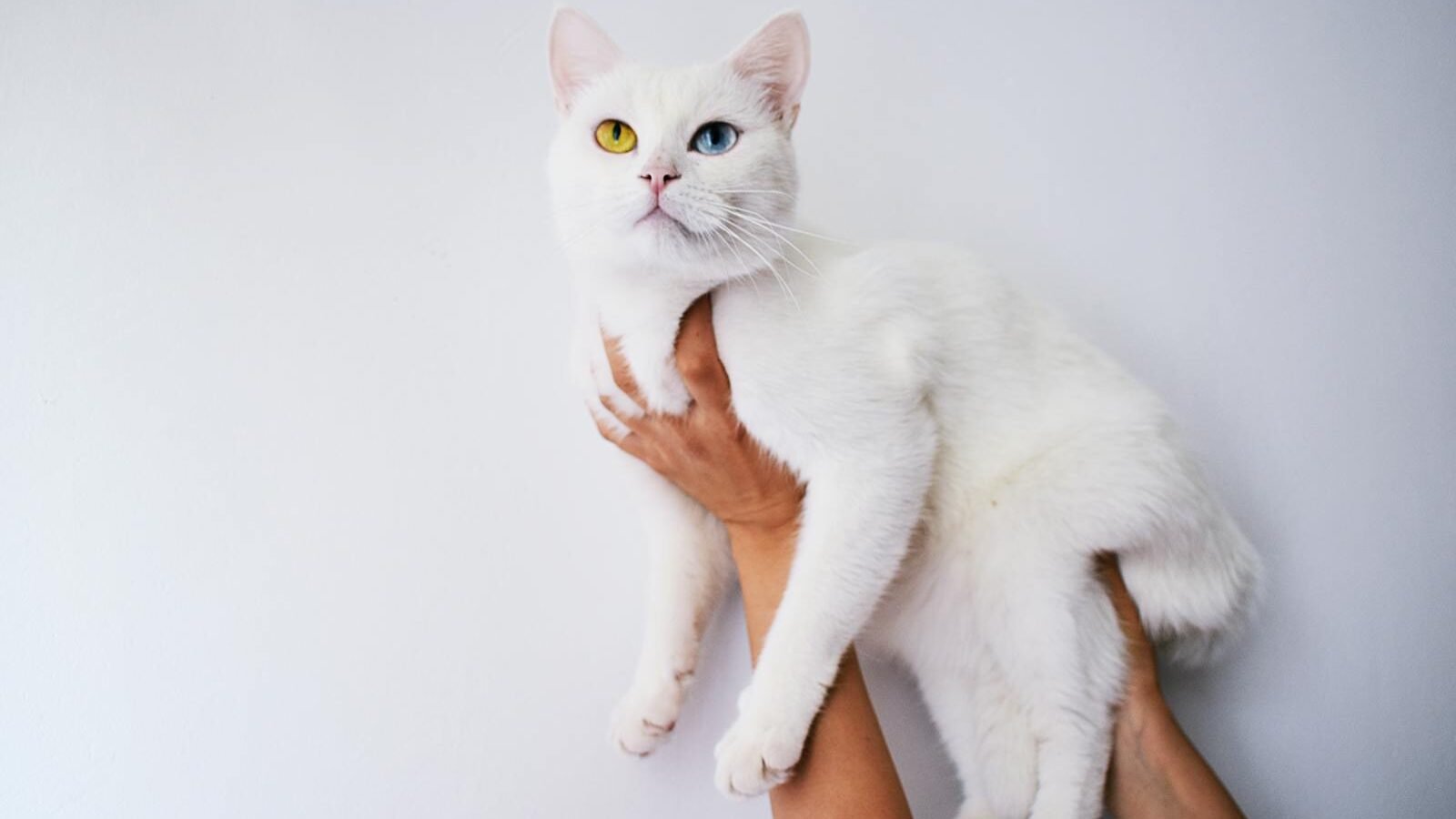
Once your cat is familiar with the scent of the new pet, it’s time for visual introductions. Use a barrier like a baby gate to allow the pets to see each other without direct contact. Keep these initial encounters brief, gradually increasing the duration as both animals show curiosity without aggression or fear signs.
Monitoring Body Language
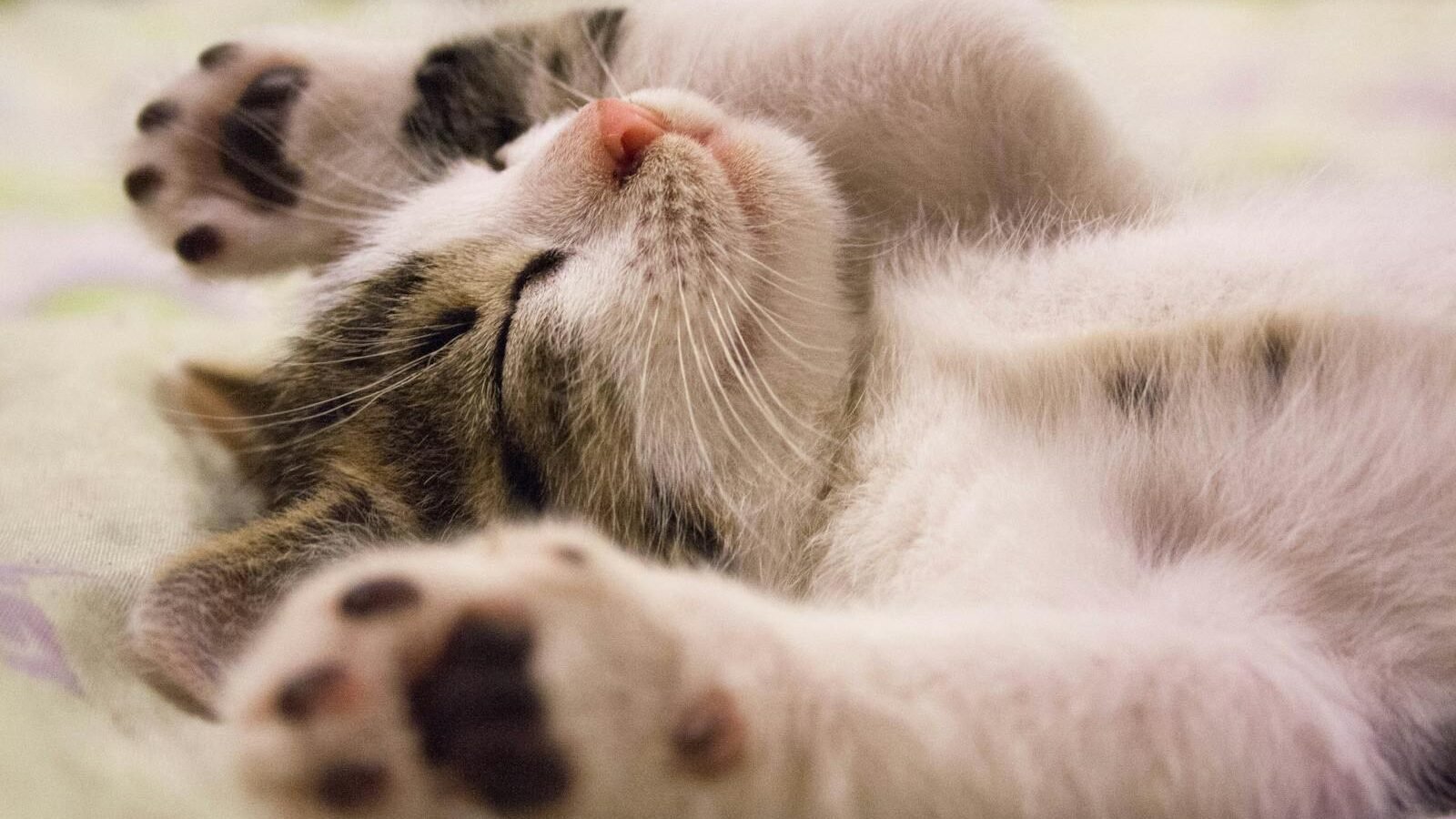
During interactions, closely observe both pets’ body language. Look for signs of stress or aggression, such as hissing, growling, or swatting from the cat. A relaxed cat will have a calm body posture, with upright ears and a closed mouth. Similarly, ensure the new pet is also comfortable and not displaying threatening behavior.
Creating Positive Associations

Create positive experiences when the pets are together. Reward calm behavior with treats and praise to reinforce a sense of safety and rewarding experience. Engage both pets in playtime, using interactive toys to create a shared positive activity that helps build a bond.
Maintaining Routines

Maintaining your cat’s existing routine can provide a sense of stability amidst changes. Feed them at the same times, continue with familiar play schedules, and provide attention as usual. This consistency helps reassure your cat that they still hold the same place in your affection despite the new presence in the household.
Adapting to Change Over Time
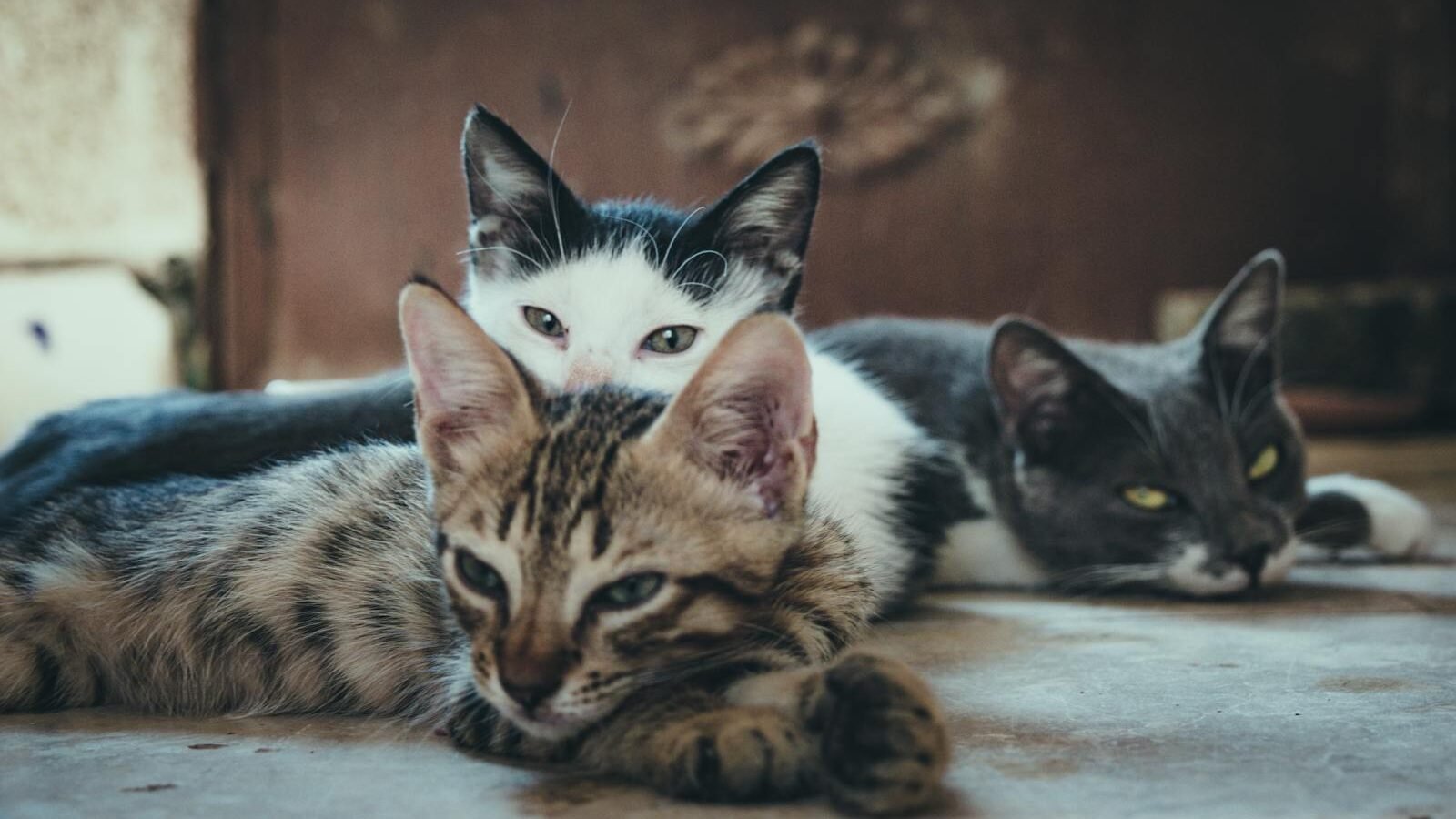
It’s essential to understand that building a relationship between pets can take time. Be patient and allow them to set the pace for interaction. Adjust the process as needed based on their behavior, gradually increasing contact as they become more comfortable with one another.
Seeking Professional Help
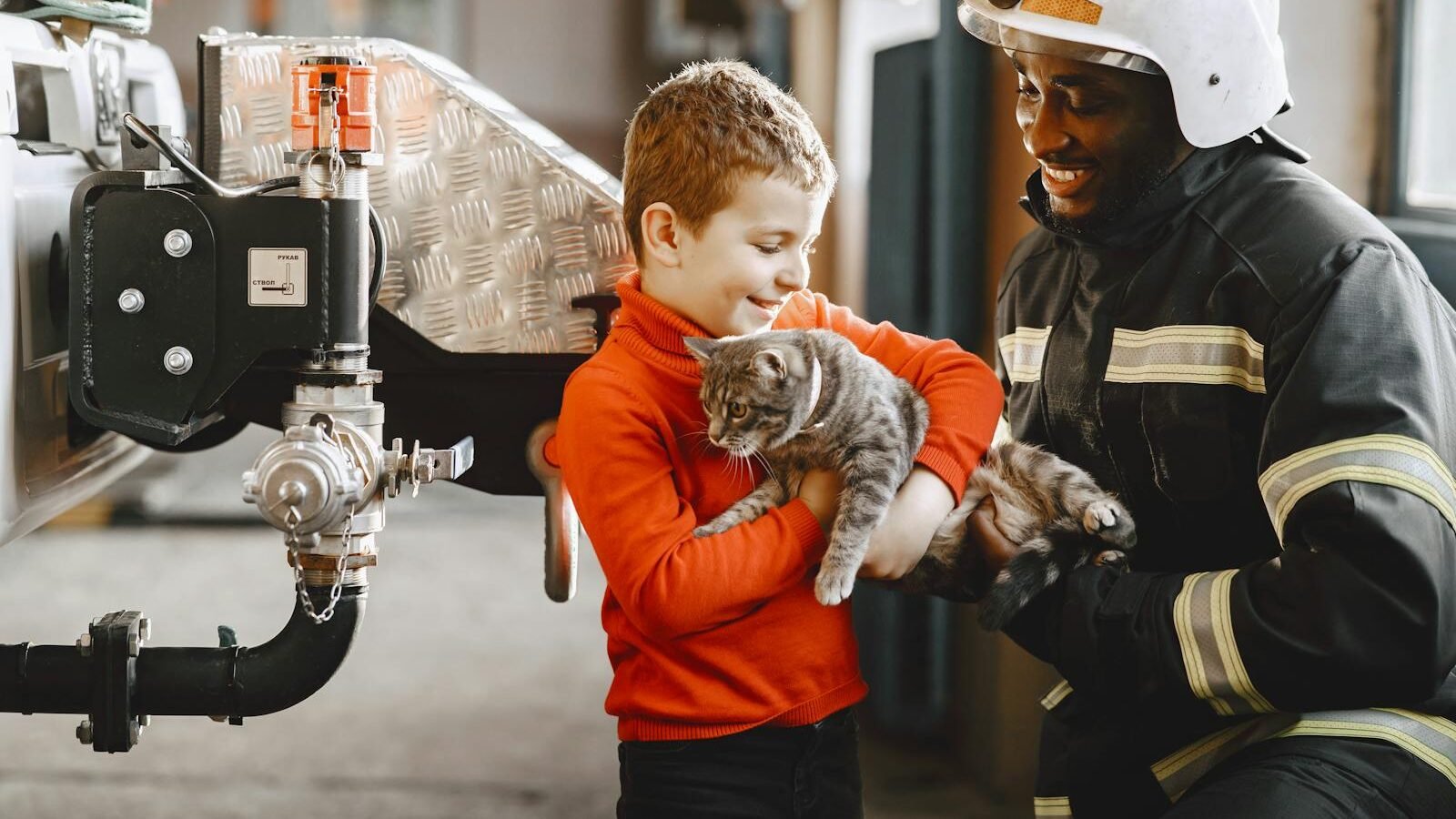
If your pets exhibit persistent stress or signs of aggression that do not improve over time, consider consulting a veterinarian or professional animal behaviorist. They can provide tailored advice and strategies to manage the integration process more effectively, ensuring the wellbeing of both your cat and the new pet.
The Importance of Patience and Love
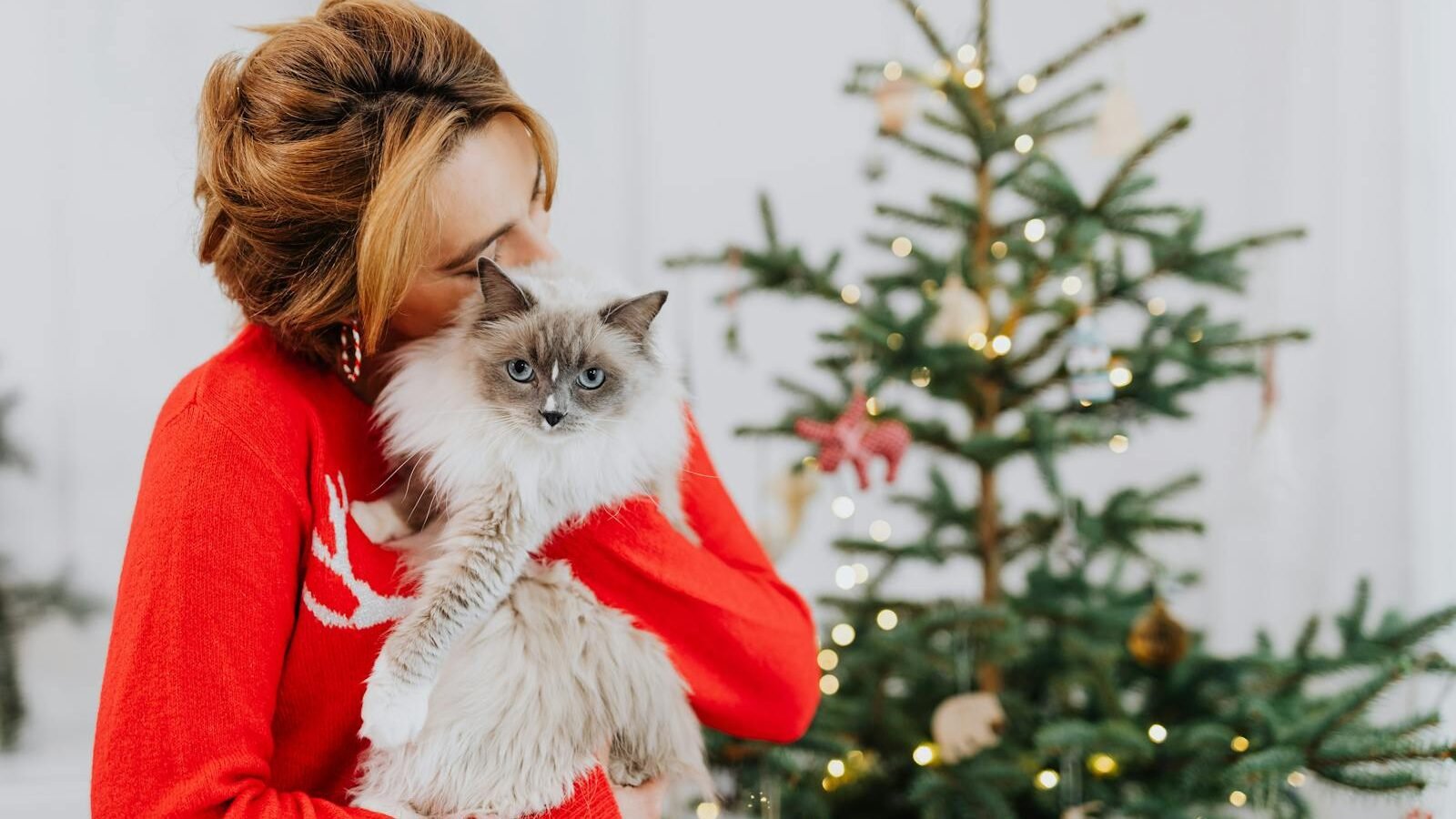
Introducing a new pet to your home can be a challenging experience for your resident cat, but with patience and love, you can help them adjust. Understand that every pet is unique, and some may require more time than others to accept change. By supporting your cat through this transition, you’re laying the foundation for a harmonious multi-pet household.

With over a decade of experience as a dedicated cat lover and enthusiast, I specialize in writing captivating content about all things feline. My expertise shines through in creating engaging and informative pieces that resonate with fellow cat lovers. As a proud cat parent to my beloved Duston, my personal connection to the world of cats adds authenticity and warmth to my work, making it relatable and heartfelt.






